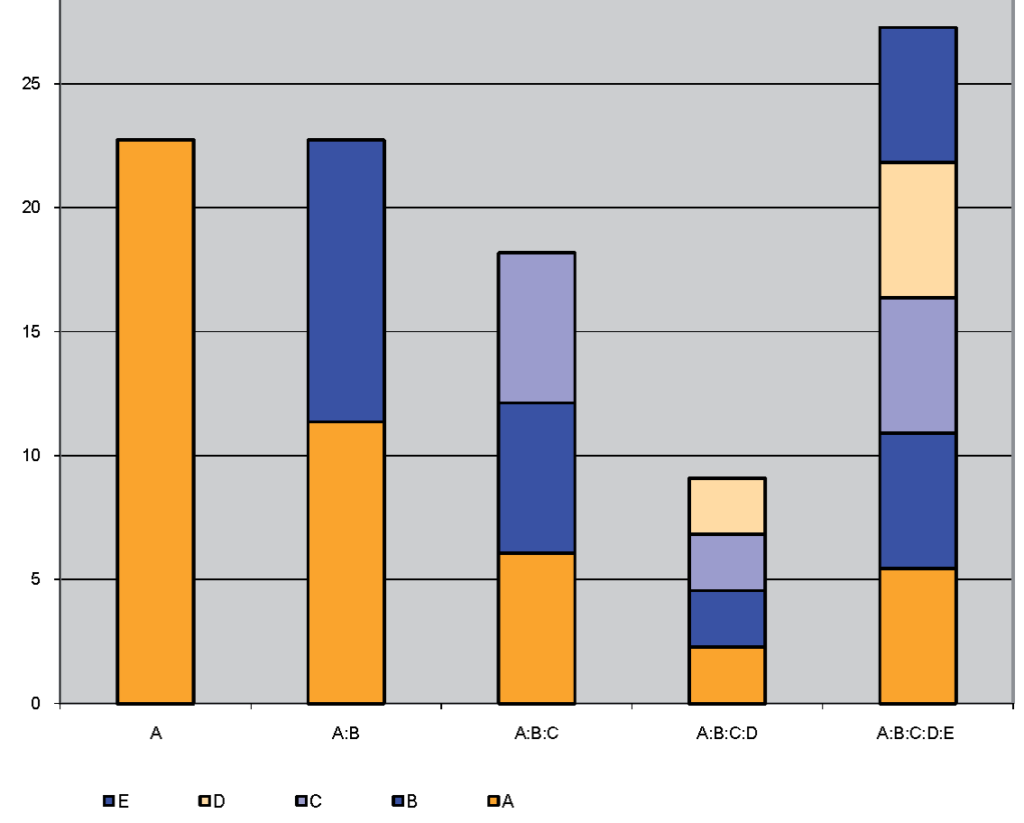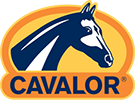I want a fit horse at the starting line. How can I offer my horse the maximum nutritional support? It has happened to all of us at some time: months of preparation for that really crucial competition and the day has finally arrived. The tack is clean and shiny, you have had a good night’s sleep, and your horse is well trained… In other words, let the battle commence. But just when a performance peak is required, your horse feels under the weather. What now? Various reasons may make your horse feel stiff or less than 100% fit. The best known cause is muscle fatigue. Lactic acid is traditionally seen as the “culprit” of this type of fatigue. But is accumulation of lactate effectively the culprit? And is it the only cause of fatigue and acidification?
When do horses suffer from muscle fatigue?
Fatigue occurs when the capacity of the muscle to perform the required exertion temporarily declines. There are multiple factors that cause fatigue in horses and they can differ per situation. Muscle fatigue mainly occurs following a short period of intense exertion, for example after a show jumping contest and a jump-off. With this type of exertion, the muscle cells take their energy from glucose without using oxygen, the so-called anaerobic work. The downside is that lactate is produced.
Is lactate harmful?
Lactate is formed to provide muscles working “anaerobically” with energy. This causes lactate to accumulate in the muscles. But not all the muscles perform anaerobic work. Accumulated lactate that is then converted into glycogen, or enters the bloodstream as glucose, can be used as a source of energy for the muscles that do work anaerobically. So lactate on its own does not appear to be the direct cause of muscle fatigue, or is certainly not the sole cause.
Lactate on its own does not appear to be the direct cause of muscle fatigue
Training
A good warming-up can help prevent muscle damage. During a warming-up exercise, the muscles have the chance to “wake up” and blood circulation is increased. The speed at which the lactate present in the blood declines after a performance depends on the type of activity. Lactate levels will drop faster, for example, by allowing your horse to trot (in a relaxed way) than by walking your horse. The slowest drop in lactate levels occurs if your horse does not walk or trot after a period of intense effort. A suitable cooling-down exercise is therefore recommended to avoid muscle problems and to ensure your horse is fit and well the next day. Consider events spread over several days that involve various qualification rounds before you enter the final – cooling-down is absolutely vital to ensure your horse stays fit over the duration of the competition.
Optimising performance through nutrition
The correct diet can help delay the onset of muscle fatigue and boost recovery from fatigue. The foundation is naturally laid by feeding a ration that is geared to your horse’s nutritional needs. To delay or prevent the onset of fatigue, gearing the energy sources of sport horses to their expected performance is key.
It is important to know that during exertion a horse utilises more than one source of energy: glucose and fatty acids. With brief, explosive forms of exertion the energy is mainly sourced from “glucose supplies” in the body (no oxygen necessary; anaerobic combustion). Starch and sugars in the ration can act as a source of glucose. These energy sources can be useful for horses that mainly expend brief but intensive effort (show jumping). There are also indications that suggest that using fat (oil) as an energy source in equine diets can encourage the utilisation of fatty acids during endurance exertion. This could delay the onset of the phenomenon of muscle fatigue.
When horses sweat they lose essential moisture and electrolytes. Compensating for this loss is important. Dehydration leads to reduced performance levels, muscle pain and eventually even exhaustion.
It is also important to offer antioxidants in the battle against muscle problems. Antioxidants protect the muscle cells from the free radicals released during intense physical exertion. These free radicals are mainly produced as a result of any inflammatory responses. Free radicals affect the muscle wall, so preventing inflammatory responses as far as possible is essential. It has been scientifically proven that certain herbs can help in this respect.
A single nutrient will therefore have little influence on energy conversion, fatigue and acidification. But the combination of the right nutrients can certainly influence the entire process, which is backed up by scientific research performed by Cavalor.
The philosophy at Cavalor is to take a multi-disciplinary approach to the problem instead of targeting lactic acid production alone. Scientific studies have demonstrated that the combination of various herbs and the combination of different antioxidants can have a synergistic effect. Based on such research and the 27 years of experience built up at Cavalor, we put together formulas aimed at preventing problems such as muscle pain, acidification and fatigue. Herbs (herbal extracts) are an extremely important part of our formulas. By using the correct combination of herbs, we need fewer herbs to achieve a better result.
The graph below shows that the right combination of herbs has the most effective results. “The more the better” is not always the solution: what is important is establishing the right combination. The correct combination creates strong synergistic effects in their role as an inflammatory control in this study.

As mentioned earlier, it is also important to support the muscles with antioxidants. In this case too, the correct combination of antioxidants is vital. Many products on the market consist purely of vitamin E and selenium. But by using the right mix of antioxidants we once again create a synergistic effect that significantly exceeds the power of single products such as vitamin E.
Cavalor LactaTec is a very good example of a multi-ingredient product which we use to support muscle activity and prevent muscle fatigue. Cavalor LactaTec contains a powerful mix of antioxidants which have proven to be more effective in comparison with a standard vitamin E/Se supplement.
Cavalor LactaTec + Cavalor Freebute
Combining Cavalor LactaTec and Cavalor FreeBute gives a great synergistic boost. Start giving our powerful Cavalor formula two days before the start of a competition and get ready for the medals. Hard workers always suffer from a little stiffness and sensitive muscles, and Cavalor FreeBute will give these horses the relief they need. The horse will feel in top condition and ready to go the extra mile. Cavalor LactaTec works in a similar way, but focusses specifically on the muscles. Cavalor LactaTec helps prevent lactic acid accumulation, and, maybe even more crucially, stimulates the breakdown of lactic acid.


